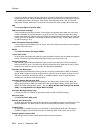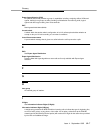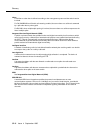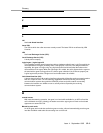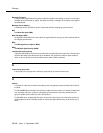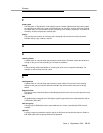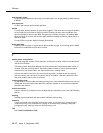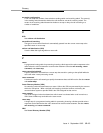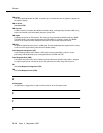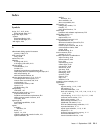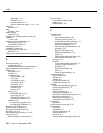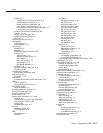
Glossary
GL-10 Issue 4 September 1995
Message Collection
A call prompting application that gives the caller the option of not waiting (in queue, if vectoring is
enabled) to be serviced by an agent, but rather of leaving a message for the agent or the agent's
associated split.
Message Server Adjunct
A message service split that is used in conjunction with the
messaging split
command.
MIA
See Most Idle Agent (MIA).
Most Idle Agent (MAI)
An algorithm which delivers the next call to the agent within the hunt group, who has been idle for
the longest period of time.
MSA
See Message Server Adjunct (MSA).
MSQ
See Multiple Split Queuing (MSQ).
multiple split (skill) queuing
A process that allows a call to be sent to more than one split (skill) at the same time. This serves to
minimize the waiting time before the call is answered. The maximum number of splits (skills) to
which a call can be queued is three. Skills replace splits if EAS is optioned.
N
nonconverse split (skill)
A split (skill) or hunt group that is not being accessed by a converse vector step.
O
outflow
A call flow or action that is defined according to the management system and the switch version
involved.
For R3 CMS/BCMS and G3 with call vectoring enabled, the term refers to a call that is dequeued
from a primary split via a
route-to
or
messaging split
command, or by being answered by an
agent in another split to which the call is also queued.
For R2 CMS, when multiple-split queuing is involved, the term refers to a call that first queues to
multiple splits and then eventually dequeues from these splits without being answered in any of
them.



